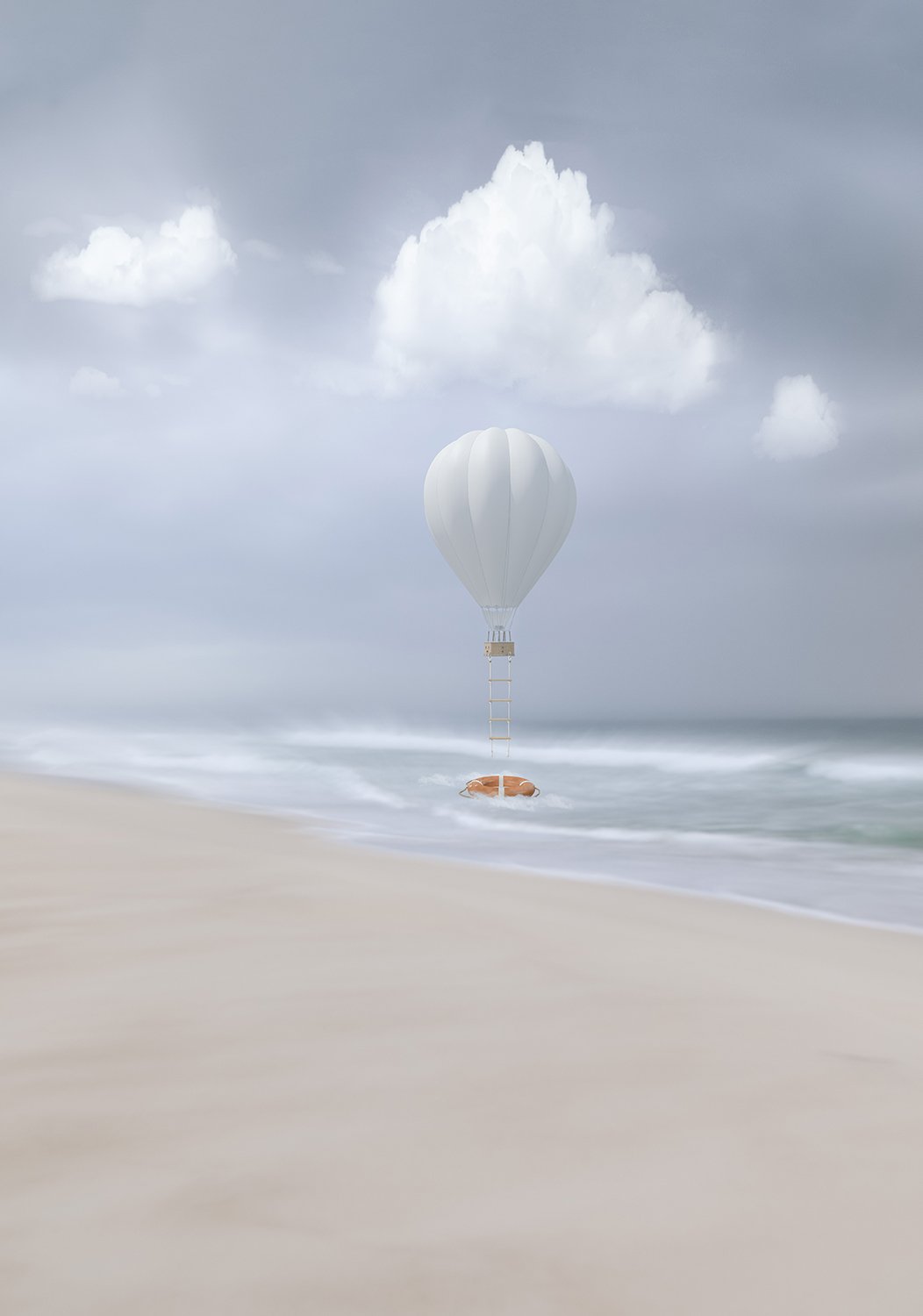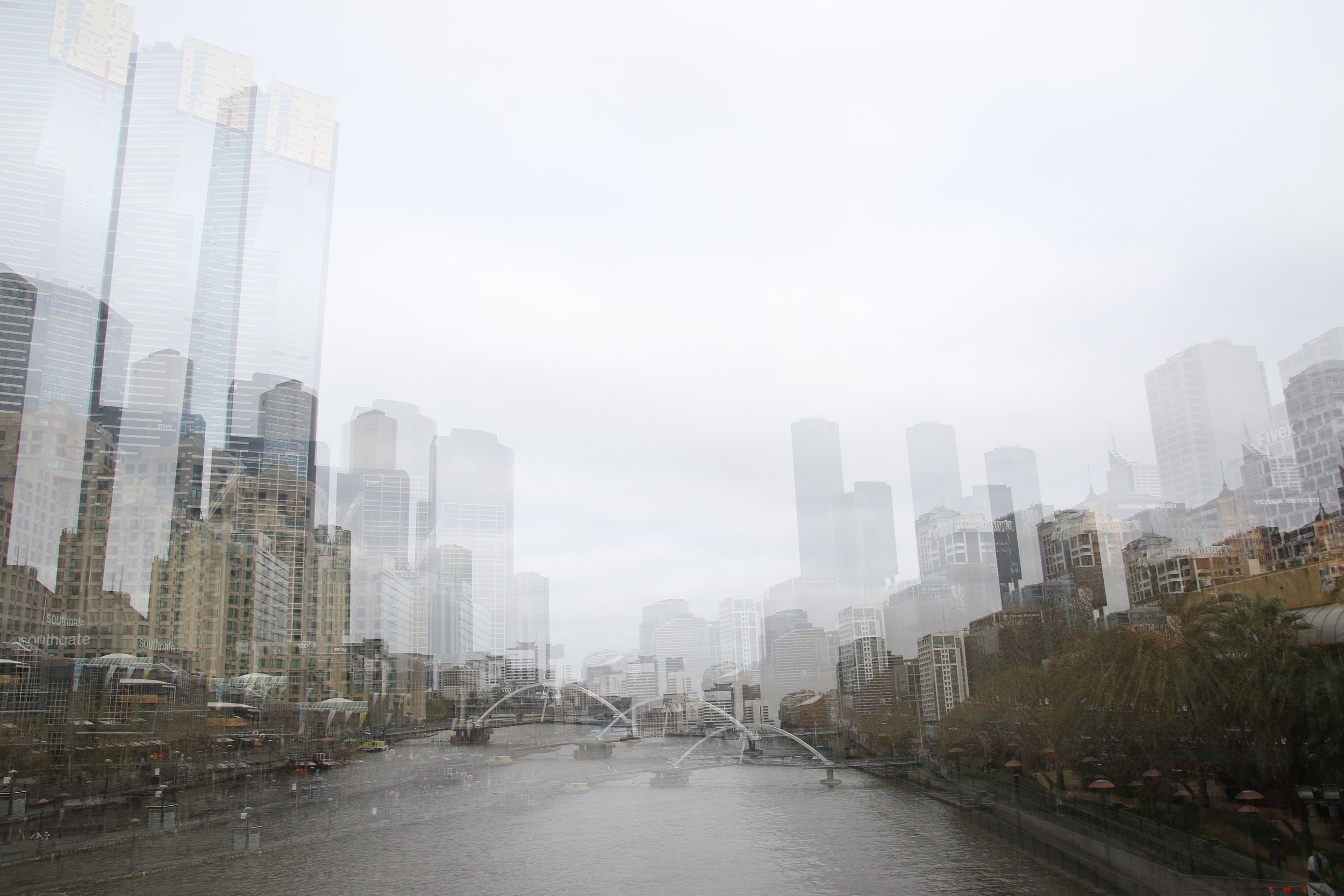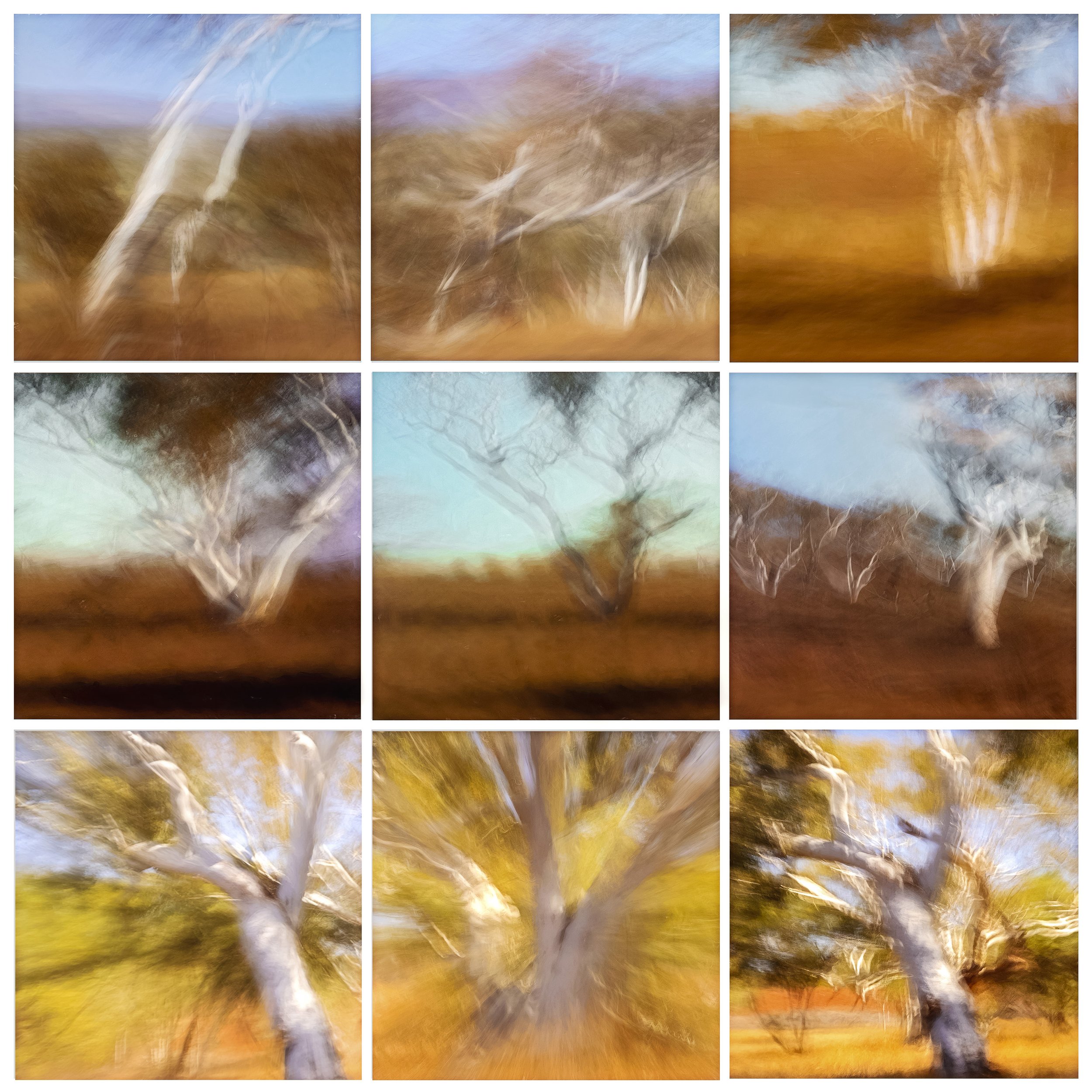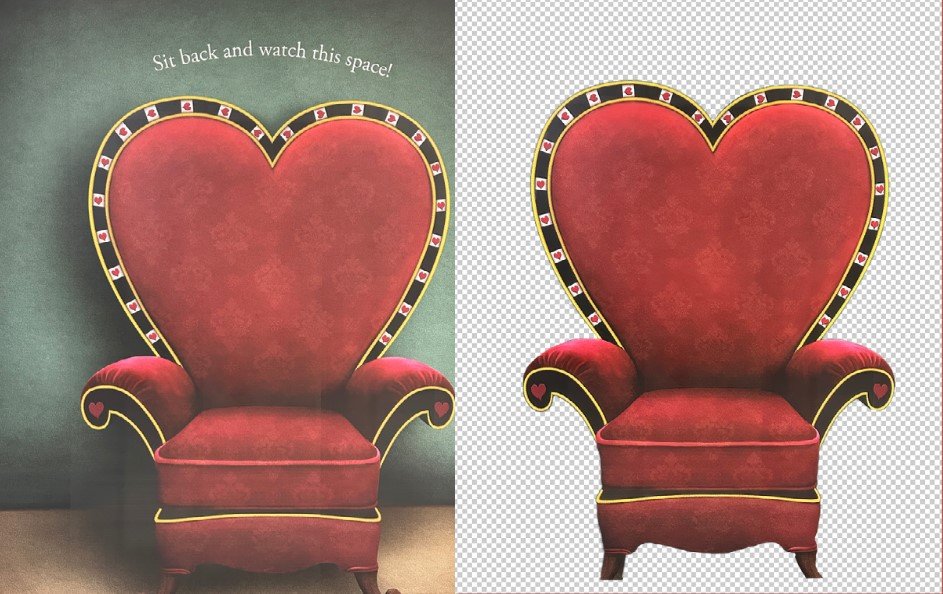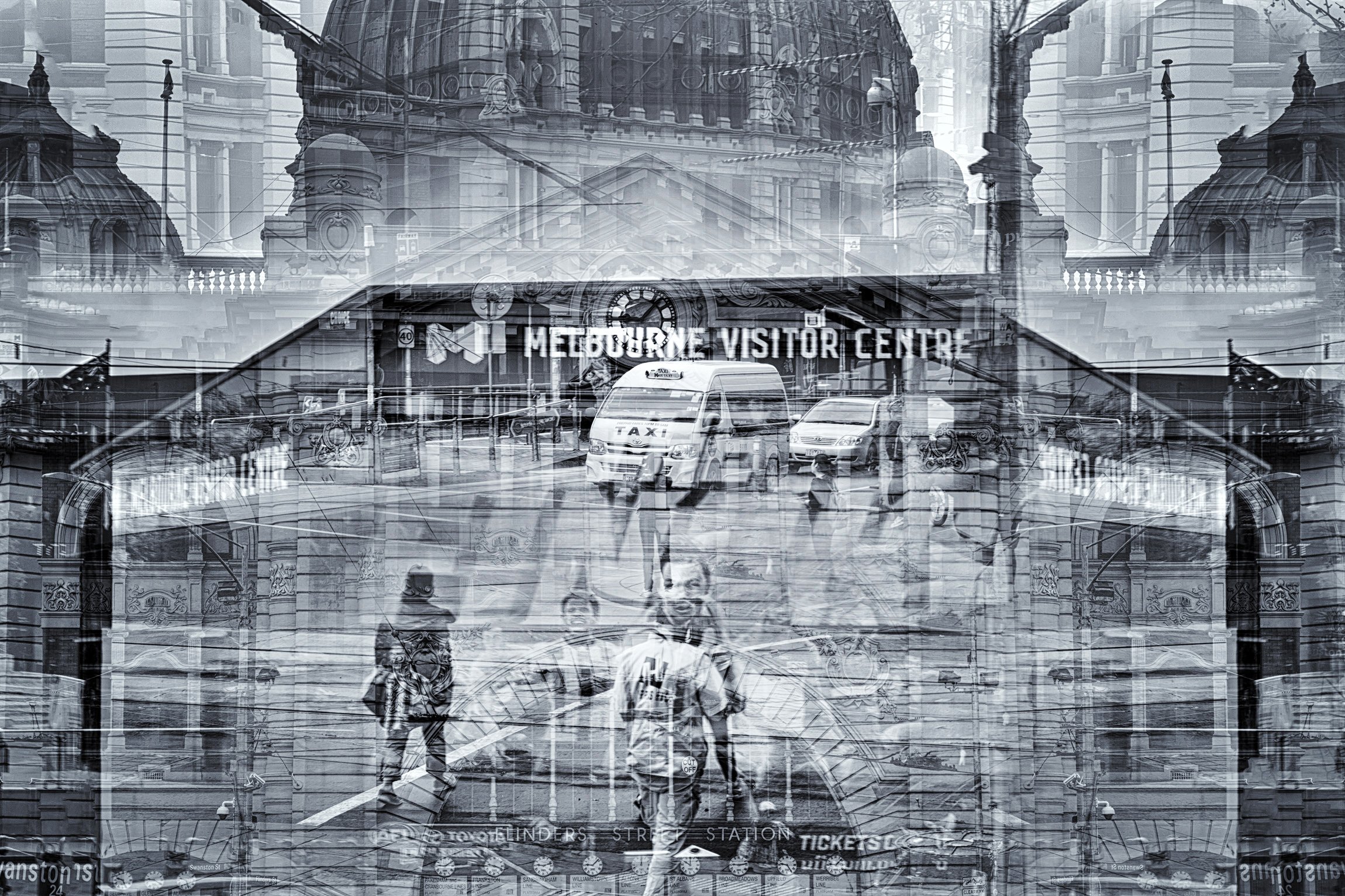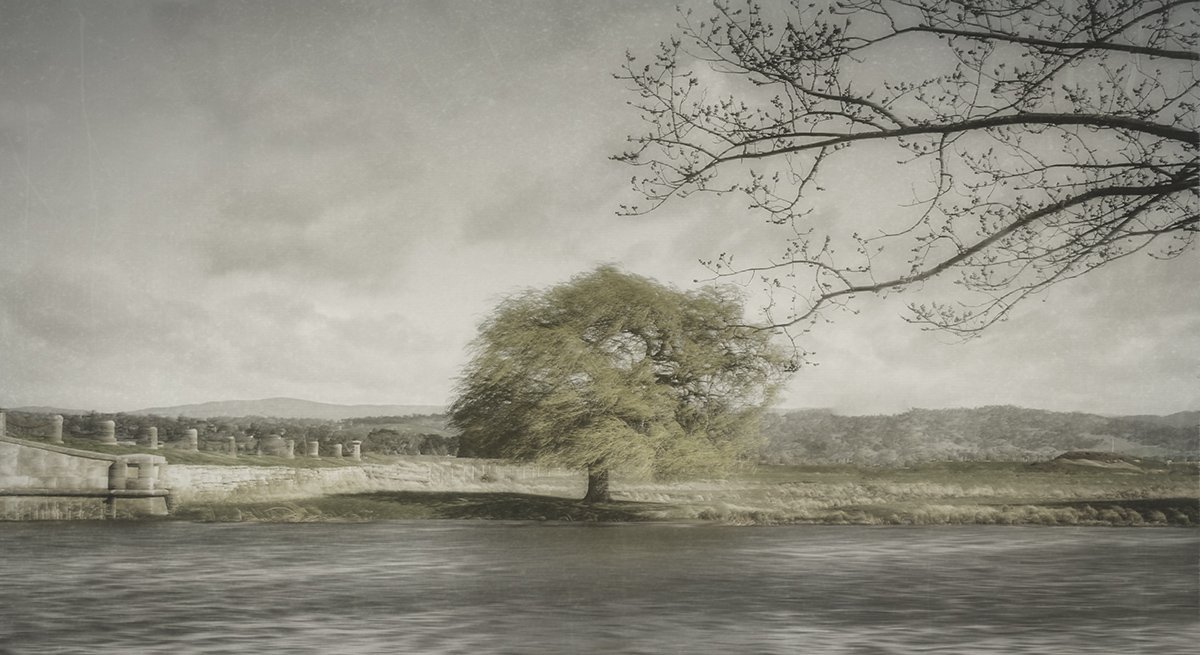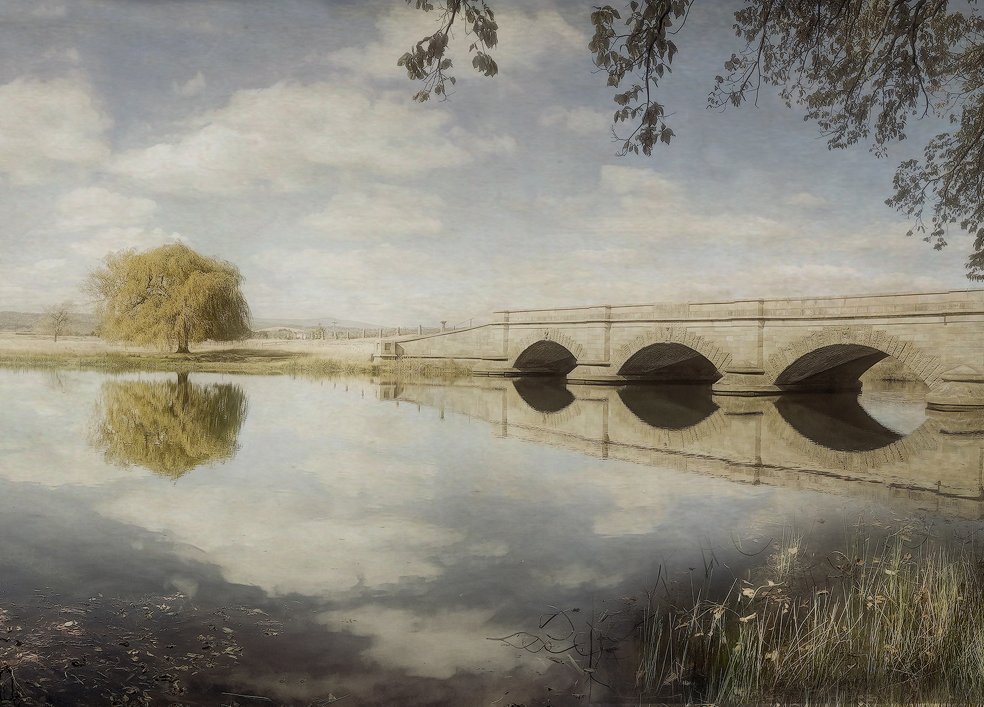Ways to spark your photography creativity ~ Blog
No matter where you are in your photographic journey there is always room to improve, develop and grow. Experiencing new ideas, techniques and approaches can stimulate your work. Sometimes the experiences can be creative rabbit holes that change the direction of your photography forever, and other times they don’t. The fact is, if you don’t try, you’ll never know. It’s good to break out of your comfort zone and try something new; it doesn’t matter, what you do what matters is giving it a go. Unleash your creativity, learn something new. How? Here are a few ideas.
Use those filters
Get the ND filters out and see how slow you can go. The otherworldliness and passage of time captured in a single frame have an enduring allure. My photo “Rescue” - image with balloon. The background is mine I photographed the sea scape with a 6 Stop ND Filter, I increased the ISO and slowed the shutter speed to about 3-4 seconds. This is how I got the soft colours for my background, then all I did was add the elements, a bit of colour grading magic, however the base colours were there to work with.
Without an ND Filter I cannot get these colours and tones, I will use this technique for a number of landscapes that I want to use as a background or texture.
Double exposures
Most digital cameras now have multiple exposure capability. Multiple exposures are simply the layering of one image on top of another. In analogue days this was achieved by releasing the camera’s shutter, but crucially not advancing the film, so two exposures were effectively layered on top of one another. Each camera is different in settings for double exposures, you will need to do your research for your camera. The fun part is you never know what you will get and it fine tunes your photographic eye.
ICM (Intentional Camera Movement)
Experiment with ICM (Intentional Camera Movement) photograph landscapes, trees, architecture. Do your research how to achieve this in camera. There are lots of tutorials. The photo collage of trees is where I used ICM. Would you believe they were taken from a moving bus, I used a 6 Stop ND Filter, slowed the shutter speed and pressed the button and hoped for the best.I actually won a Bronze in an International Competition with this image.
Photograph Composite Elements
If you create composite images or want to start, then look for elements to photograph to build up your stock library. Use your camera or your phone. I will often photograph elements such as doors, chairs, windows, whatever I see that I think I could use in one of my composite images. The chair I photographed with my phone, it was a poster on a shop front. Look around you, you will be surprised what you might see.
Set challenges for yourself
For example:
◼ go to a location and only use one lens,don’t bring any others to be tempted
◼ sometimes I shoot in Monochromatic, this can help your colour and tone “eye” to recognise the different shades, a great way to photograph urban or streetscapes
◼ shoot in square format (in your camera settings) again this develops your “eye” for composition
◼ learn a new processing technique or when processing an image set the challenge to incorporate a new skill, I did that alot in the early days and this helped my Photoshop Skills
Creative ideas to try
◼ A mini project for a set number of days or month or a year
◼ Taking photographs every day for a set time is a great way to flex your creative muscles and be actively engaged with taking pictures on a daily basis.
◼ The trick is to pick a subject or theme that realistically you know you will be able to photograph every day. It might be simply photographing a particular tree in all seasons, I have photographed this tree whenever I visited Ross, Tasmania in different light, weather for several years.
Set a plan
◼ Try to start the year with a plan of what you want to achieve and most importantly when you want it completed. Make a note in a diary and work specifically towards the date.
◼ Let this be the year of being creative, learn a new camera technique or processing skill. Challenge your thinking to photography and processing. Never stop learning, there’s always something new that can be learned.
“The bad news is time flies. The good news is you’re the pilot. ”

